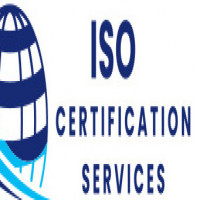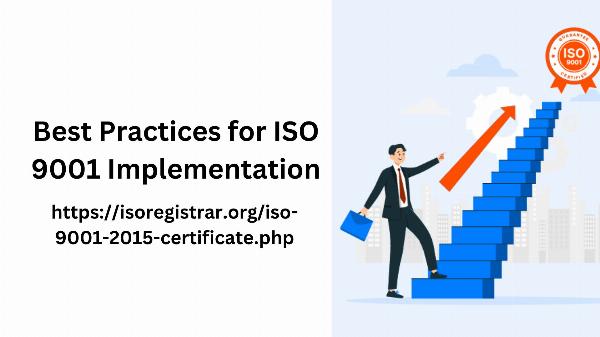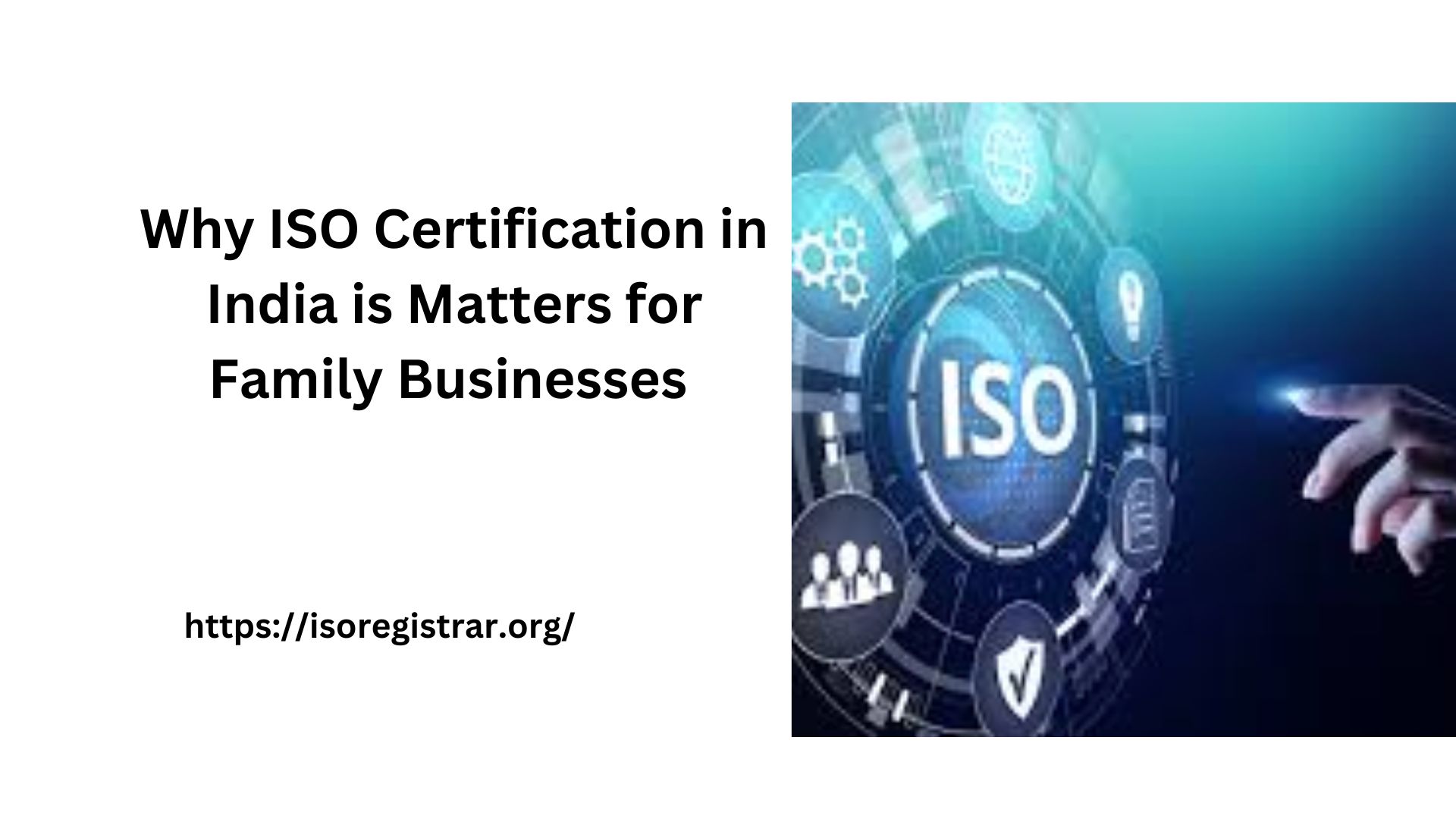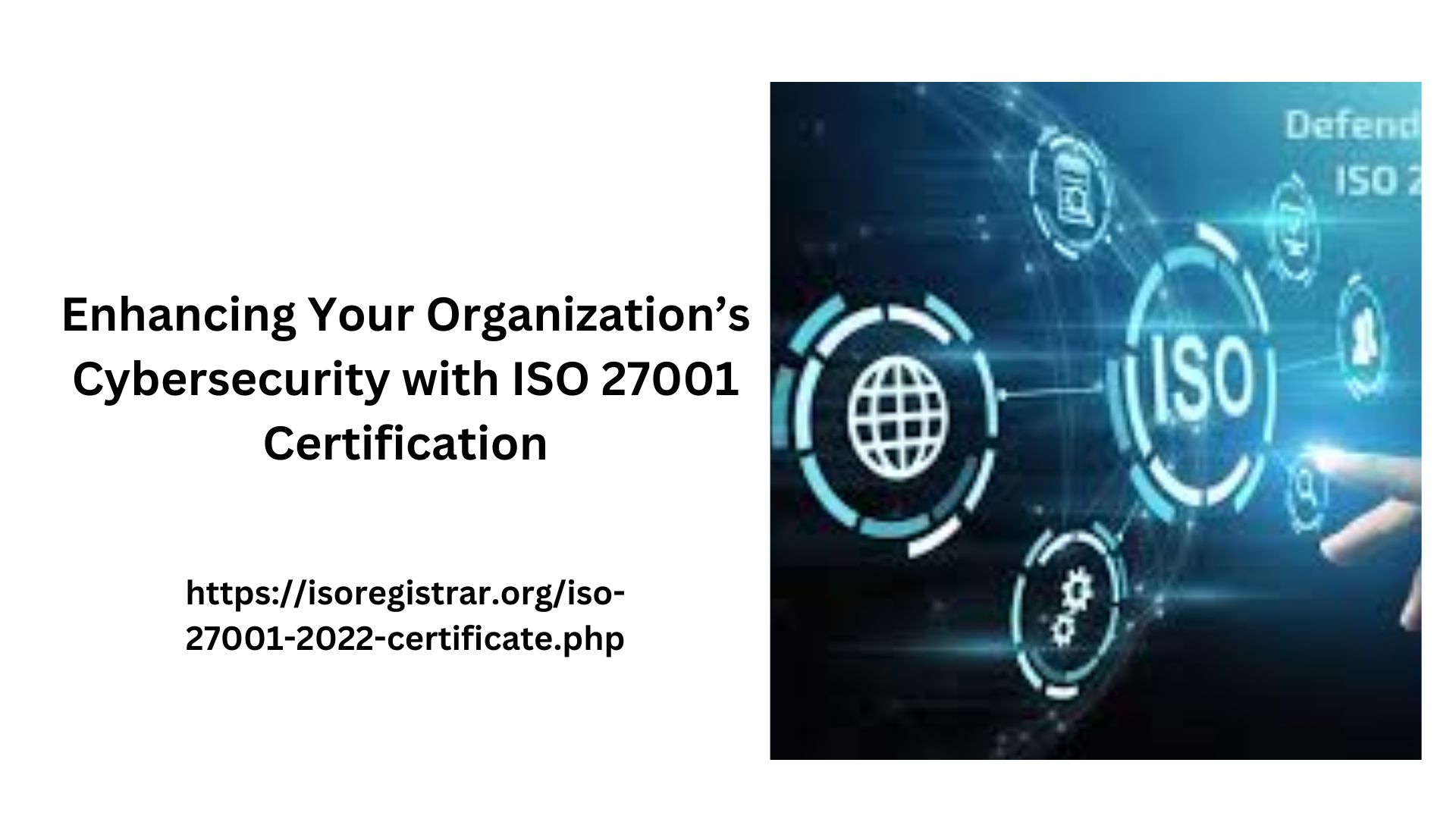ISO 9001 Certification: Aligning Quality with Business Strategy
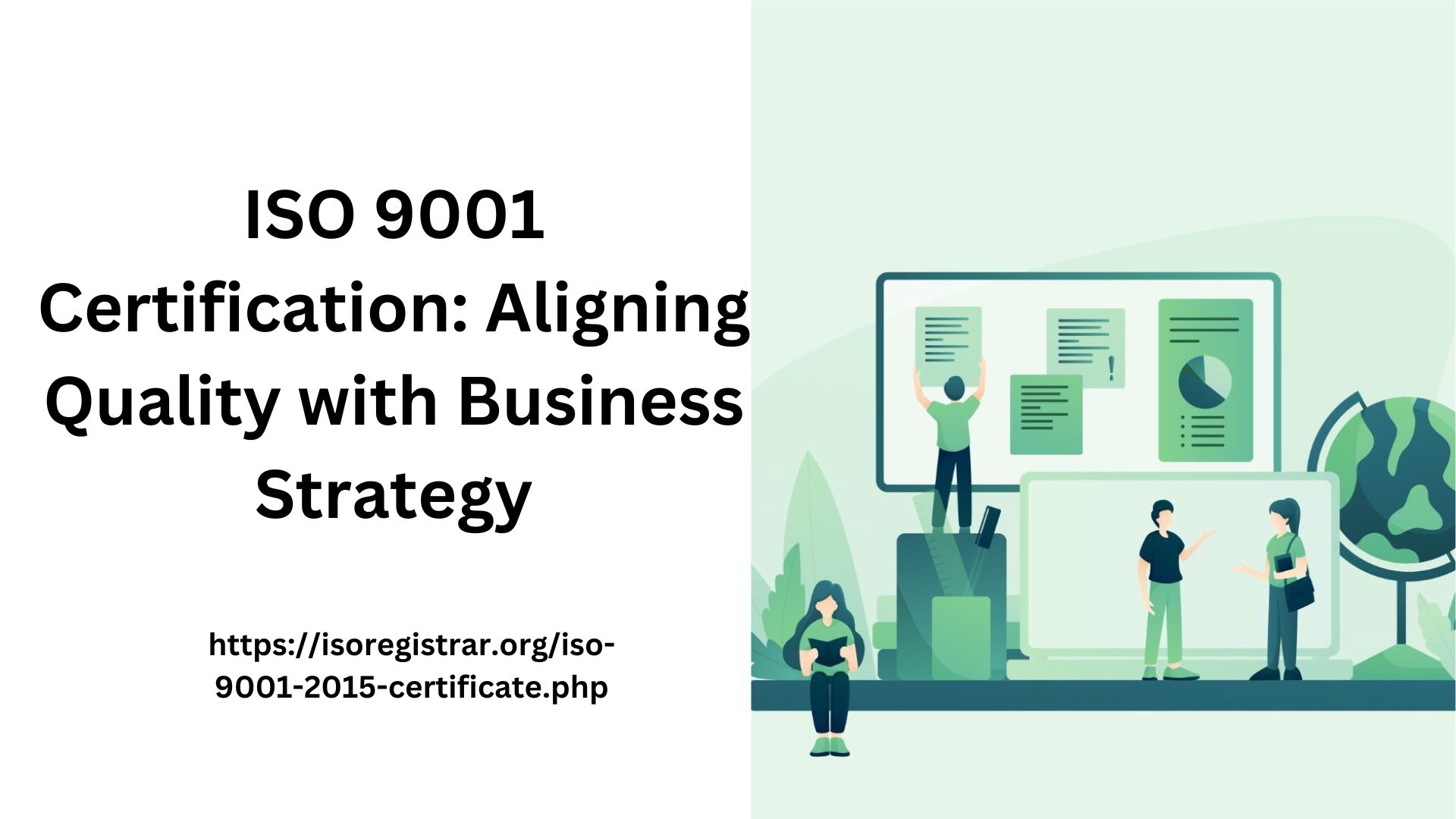
Introduction
In an increasingly competitive landscape, organizations must align their quality management practices with their overall business strategy to achieve sustainable success. ISO 9001, the internationally recognized standard for Quality Management Systems (QMS), provides a framework that enables organizations to enhance their quality processes while ensuring that they meet customer requirements and regulatory obligations. This article explores how ISO 9001 certification facilitates the alignment of quality management with business strategy, the benefits of this alignment, and practical steps to achieve it.
Understanding ISO 9001
ISO 9001 is designed to help organizations consistently provide products and services that meet customer expectations and regulatory requirements. The standard is based on several key principles:
Customer Focus: Prioritizing customer needs and satisfaction.
Leadership: Ensuring strong management commitment to quality.
Engagement of People: Involving employees at all levels in quality initiatives.
Process Approach: Managing activities as interrelated processes.
Continuous Improvement: Fostering an ongoing pursuit of excellence.
Evidence-Based Decision Making: Utilizing data for informed decision-making.
Relationship Management: Building mutually beneficial relationships with stakeholders.
These principles guide organizations in developing a robust QMS that aligns with their strategic objectives.
Aligning Quality Management with Business Strategy
Aligning quality management with business strategy is essential for organizations looking to achieve their long-term goals. Here are key strategies for integrating ISO 9001 into the overall business framework:
1. Establish Clear Quality Objectives
Organizations should define quality objectives that align with their strategic goals. For instance, if a company aims to enhance customer loyalty, its quality objectives might include reducing response times to customer inquiries or improving product reliability. This alignment ensures that quality initiatives support broader business aims.
2. Leadership Commitment
Top management must demonstrate a commitment to quality by actively promoting ISO 9001 principles throughout the organization. This involves not only endorsing the QMS but also participating in quality initiatives, allocating resources, and fostering a culture that prioritizes quality in every aspect of the business. When leadership is engaged, employees are more likely to recognize the importance of their contributions to quality objectives.
3. Integrate Processes
ISO 9001 promotes a process approach, encouraging organizations to view their operations as interconnected processes. By integrating quality management into core business processes—such as sales, production, and customer service—organizations can enhance efficiency and effectiveness. For example, integrating quality control checks into the production line can minimize defects and ensure that products meet quality standards from the outset.
4. Utilize Data for Decision Making
Data-driven decision-making is a cornerstone of ISO 9001. Organizations should collect and analyze data related to quality performance, customer feedback, and operational efficiency. This information can inform strategic decisions, helping businesses identify areas for improvement and align their quality management efforts with overall objectives. For example, analyzing customer complaints can reveal patterns that inform product development and service improvements.
5. Foster a Continuous Improvement Culture
A culture of continuous improvement is vital for aligning quality with business strategy. Organizations should encourage employees to identify improvement opportunities and actively participate in problem-solving initiatives. This proactive approach can lead to enhanced processes, reduced costs, and higher customer satisfaction. By embedding continuous improvement into the organizational culture, businesses ensure that quality remains a dynamic component of their strategy.
6. Engage Employees at All Levels
Employee involvement is crucial for effective quality management. Organizations should empower employees to contribute to quality initiatives by providing training, resources, and opportunities for involvement. When employees understand how their roles contribute to quality objectives, they are more likely to be engaged and motivated to deliver high-quality results. Regular training sessions can enhance their understanding of ISO 9001 principles and the importance of their contributions.
Benefits of Aligning Quality with Business Strategy
Aligning ISO 9001 with business strategy offers several significant advantages:
1. Enhanced Customer Satisfaction
When quality management aligns with business goals, organizations are better positioned to meet customer needs and expectations. This focus on customer satisfaction can lead to increased loyalty, repeat business, and positive referrals, ultimately driving revenue growth.
2. Improved Operational Efficiency
Integrating quality management processes with core business processes streamlines operations. This can result in reduced waste, lower costs, and faster turnaround times. Improved efficiency enhances overall productivity, allowing organizations to allocate resources more effectively.
3. Stronger Employee Engagement
When employees see how their work contributes to quality objectives and overall business goals, they are more likely to be engaged and motivated. This engagement fosters a culture of quality, where employees take ownership of their roles and actively participate in improvement initiatives.
4. Increased Agility and Adaptability
An aligned quality management system allows organizations to respond more effectively to changes in the market or customer preferences. By continuously monitoring performance and seeking improvement opportunities, businesses can remain agile and adaptable in a dynamic environment.
5. Enhanced Competitive Advantage
Organizations that successfully align quality with business strategy can differentiate themselves from competitors. A strong reputation for quality can attract new customers and strengthen existing relationships, providing a competitive edge in the marketplace.
Steps to Achieve Alignment
To effectively align ISO 9001 with business strategy, organizations can follow these practical steps:
1. Conduct a Gap Analysis
Start by assessing the current state of quality management and how it aligns with business strategy. Identify gaps between existing quality practices and strategic goals. This analysis will provide a baseline for improvement.
2. Define Clear Quality Objectives
Establish quality objectives that support organizational goals. These objectives should be measurable, achievable, relevant, and time-bound (SMART). Ensure that all employees understand how their roles contribute to these objectives.
3. Engage Leadership
Secure commitment from top management to prioritize quality. Leaders should actively participate in quality initiatives and communicate the importance of quality management to all employees.
4. Develop an Integrated QMS
Design a quality management system that integrates quality processes with core business processes. This integration ensures that quality is considered at every stage of the business operation.
5. Provide Training and Resources
Equip employees with the necessary training and resources to implement quality management effectively. Training should focus on quality principles, data analysis, and continuous improvement techniques.
6. Monitor and Review Performance
Regularly monitor performance against quality objectives and strategic goals. Use key performance indicators (KPIs) to measure progress and identify areas for improvement. Conduct management reviews to assess the effectiveness of the QMS and make necessary adjustments.
7. Foster a Culture of Continuous Improvement
Encourage employees to identify improvement opportunities and engage in problem-solving. Create a feedback loop where suggestions are recognized and acted upon, reinforcing a culture of continuous improvement.
Note: Apply for iso 14001 certification through the online portal
Conclusion
Aligning ISO 9001 with business strategy is crucial for organizations seeking to enhance their quality management systems and achieve long-term success. By prioritizing customer satisfaction, involving leadership, integrating processes, utilizing data for decision-making, and fostering a culture of continuous improvement, organizations can create a robust framework that drives efficiency, innovation, and competitive advantage. In a rapidly changing business landscape, this alignment not only ensures compliance with ISO 9001 but also positions organizations for sustainable growth and resilience. Embracing the principles of ISO 9001 as part of the broader business strategy can ultimately lead to enhanced performance, increased customer loyalty, and a stronger market presence.
Note: IndiBlogHub features both user-submitted and editorial content. We do not verify third-party contributions. Read our Disclaimer and Privacy Policyfor details.

